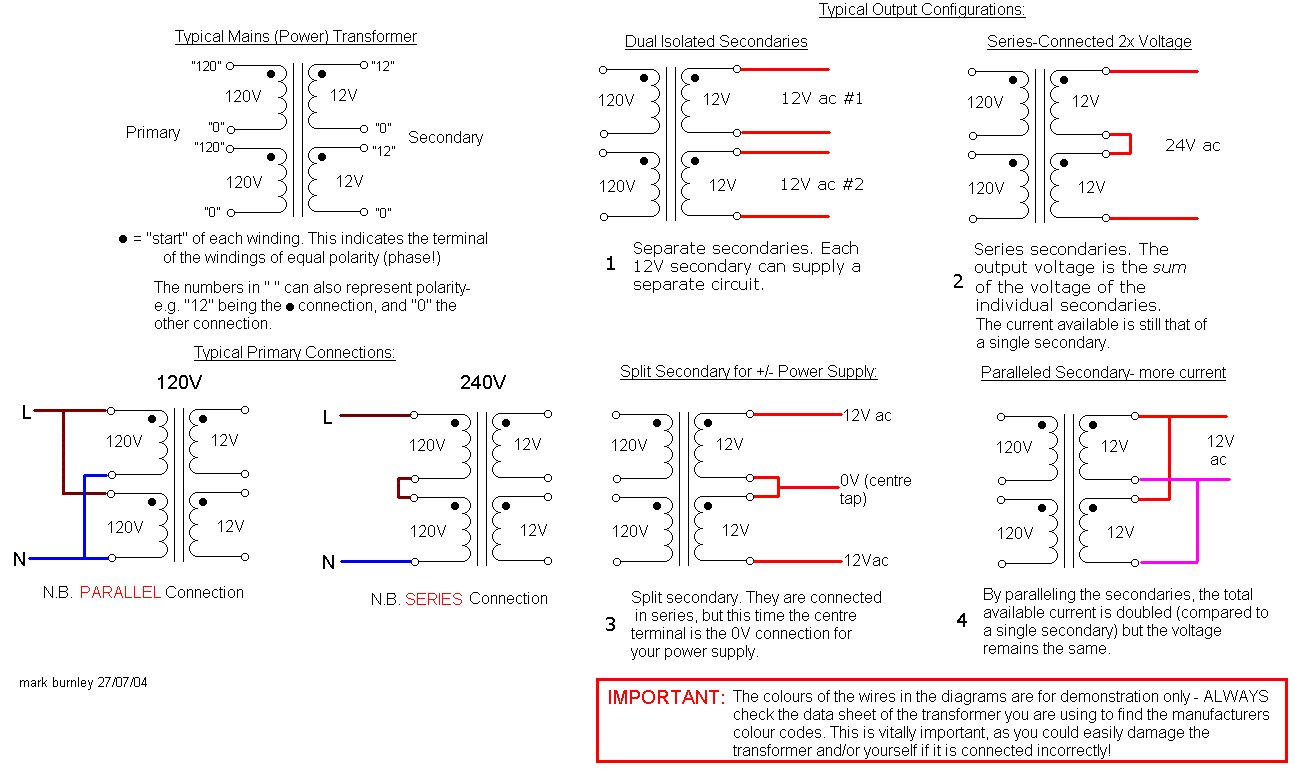Sun King
Well-known member
- Joined
- Aug 17, 2013
- Messages
- 46
So I looked into making a preamp, and the one i went with was the R312 (a pair in a 1u case). I have never done anything like this before, so I really have spent many months just researching certain things in the electronics arena, to gather more of an understanding really.
I then managed to etch my own boards from Fabios design that was uploaded to groupdiy, along with the PSU . I'm just having my first ever stab at this kinda thing, and it was the most widely accessible schemo, psu layout etc, along with very high praise from the other members who built it, also, I could not find anywhere to buy the boards from for love nor money, or I would've done.
Next I stuffed all the boards with everything apart from on the PSU. I just don't know what to put for resistors R1, R2, R10 or R11? They were marked with '?'. That's it! That's all I need to know! I am using 2200u35v for C1 and C2 on the PSU312v1 pcb.
This is a question I wish I could work out the answer to. So I can still see there is a lot more I need to learn. One day hopefully! Am I right in saying it's something to do with something I've heard about called the Voltage Divider which is why these values were marked with '????' If so, can anybody point me in the right direction of how to reach the values that I will need to get these things installed into the studio!?
Many thanks and any suggestions appreciated
Ben
I then managed to etch my own boards from Fabios design that was uploaded to groupdiy, along with the PSU . I'm just having my first ever stab at this kinda thing, and it was the most widely accessible schemo, psu layout etc, along with very high praise from the other members who built it, also, I could not find anywhere to buy the boards from for love nor money, or I would've done.
Next I stuffed all the boards with everything apart from on the PSU. I just don't know what to put for resistors R1, R2, R10 or R11? They were marked with '?'. That's it! That's all I need to know! I am using 2200u35v for C1 and C2 on the PSU312v1 pcb.
This is a question I wish I could work out the answer to. So I can still see there is a lot more I need to learn. One day hopefully! Am I right in saying it's something to do with something I've heard about called the Voltage Divider which is why these values were marked with '????' If so, can anybody point me in the right direction of how to reach the values that I will need to get these things installed into the studio!?
Many thanks and any suggestions appreciated
Ben
























